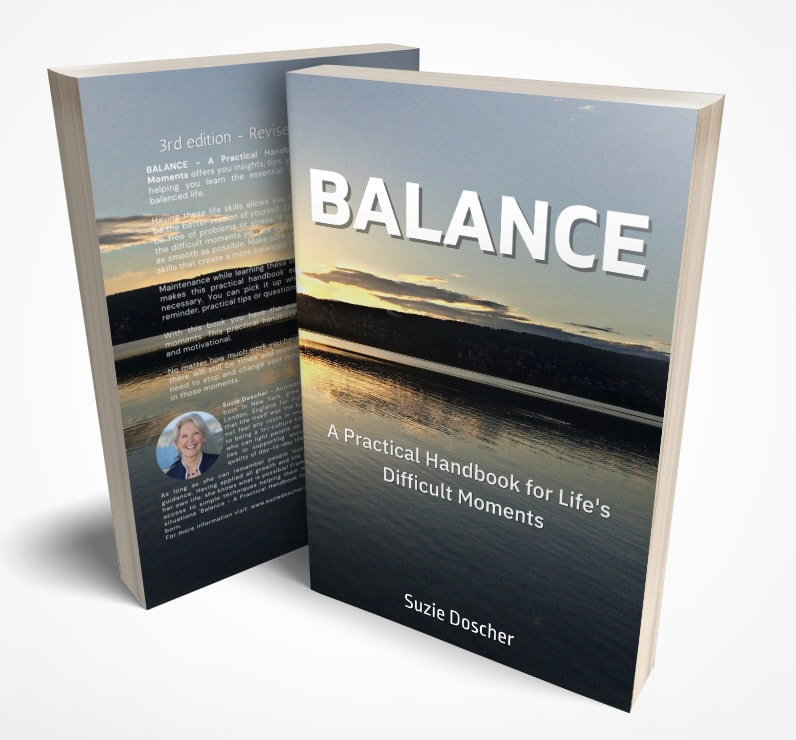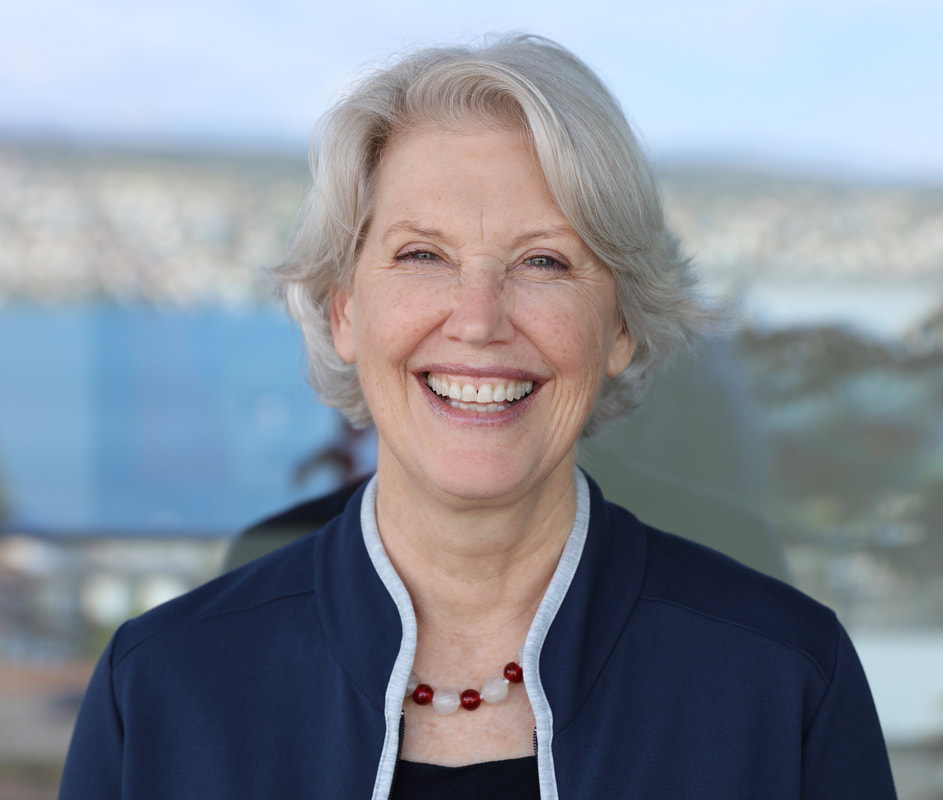|
Suzie Doscher: I have attended some events and thought the same "UGH" when I heard the word Icebreaker! I whole heartedly agree that bringing the group together, creating a safe environment and encouraging a feeling of connection is important for a workshop / group event to get off the ground successfully. Some people will open up more easily if they have had 'eye contact' with the people next to them, others are happy to open up without this being necessary. Individuals are exactly that 'individual'. I like the suggestions in this article because they offer 'ice breakers' that are more neutral and connect the group in a more meaningful way in my opinion. As Peter Block says: "“Connection before Content.” If a group is going to concentrate on a difficult issue, they need to learn who others are, the skills they bring, the experience they represent, and the values they hold". and Nancy Dixon's rule are great. Please! No More Icebreakers - |
Suzie Doscher is a Professional Executive Coach focusing on Personal Development. Located in Zurich, Switzerland. Her approach to personal development is practical and successful.
Suzie is happiest when helping people. Her vision is everyone should have access to techniques for personal growth and development. This was the motivation behind her book. Author |

 RSS Feed
RSS Feed

